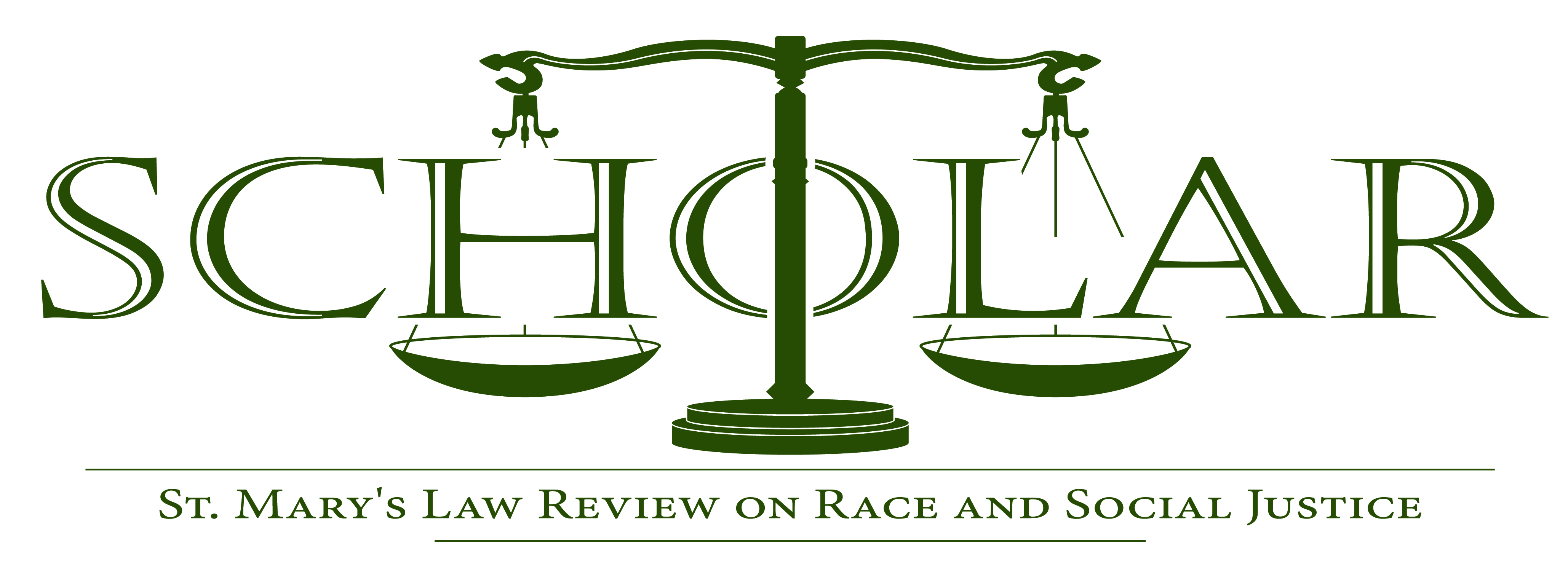
Abstract
The history of the Voting Rights Act began with the passage of the Fifteenth Amendment. African-Americans have faced numerous roadblocks in exercising their right to vote. A few of these roadblocks include property tests, poll taxes, and gerrymandering of voting districts. The federal government attempted to combat these procedures by passing legislation. Initially, these laws tried to weaponize case-by-case litigation, but these laws were ineffective due to the far reach of voter discrimination and the sluggish pace of the litigation process. To better combat the issue, Congress attempted to use the Civil Rights Act of 1957 to deal with systemic discrimination again on a case-by-case basis. These attempts were unsuccessful until 1965 after the passage of the Voting Rights Act. The design of the Voting Rights Act of 1965 intended to fight racial discrimination in voting practices which were more prevalent in specific states and political subdivisions. The states did not like the requirements for their compliance and took their concerns to the Supreme Court of the United States. The Supreme Court upheld the challenged provisions. However, forty-seven years after the Court upheld the Voting Rights Act of 1965, a preclearance required state litigated Shelby County v. Holder. The decision eviscerated the preclearance section of the law, which offered voters the most protection. Immediately following the Court’s decision, Texas passed two new discriminatory laws, underscoring the need for continued federal oversight of states in the form of preclearance. However, even if Texas is forced back into the preclearance coverage, it is very likely the Voting Rights Act of 1965 will soon make its way back to the Supreme Court.
Journal Title
The Scholar: St. Mary's Law Review on Race and Social Justice
Recommended Citation
Elizabeth Resendez,
In the Aftermath of Shelby County: An Analysis on Why Texas Should Be Required to Pre-Clear All Voting Changes.,
17
The Scholar
(2015).
Available at:
https://commons.stmarytx.edu/thescholar/vol17/iss1/31
Volume Number
17
Issue Number
1
Publisher
St. Mary's University School of Law
ISSN
1537-405X

